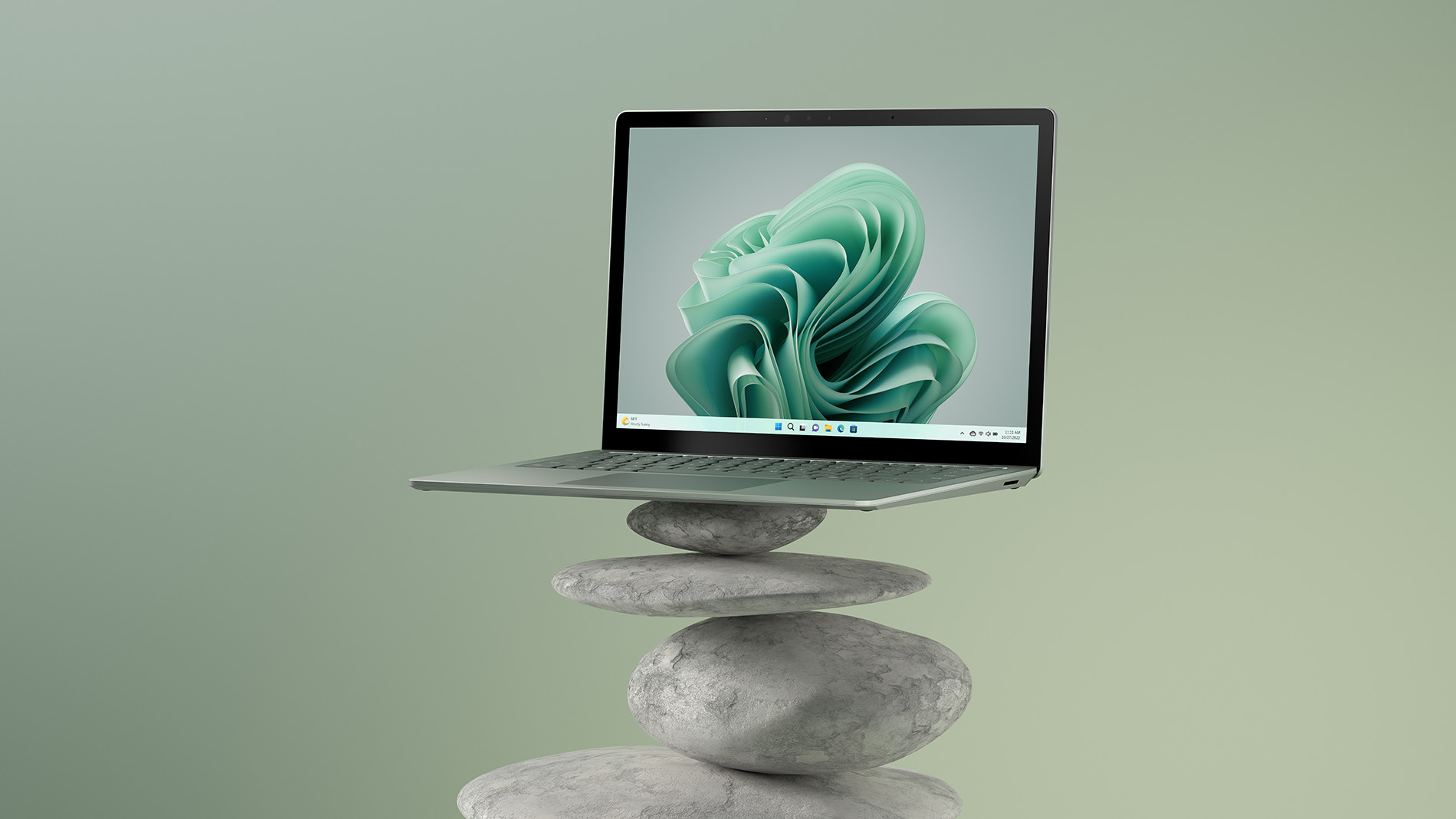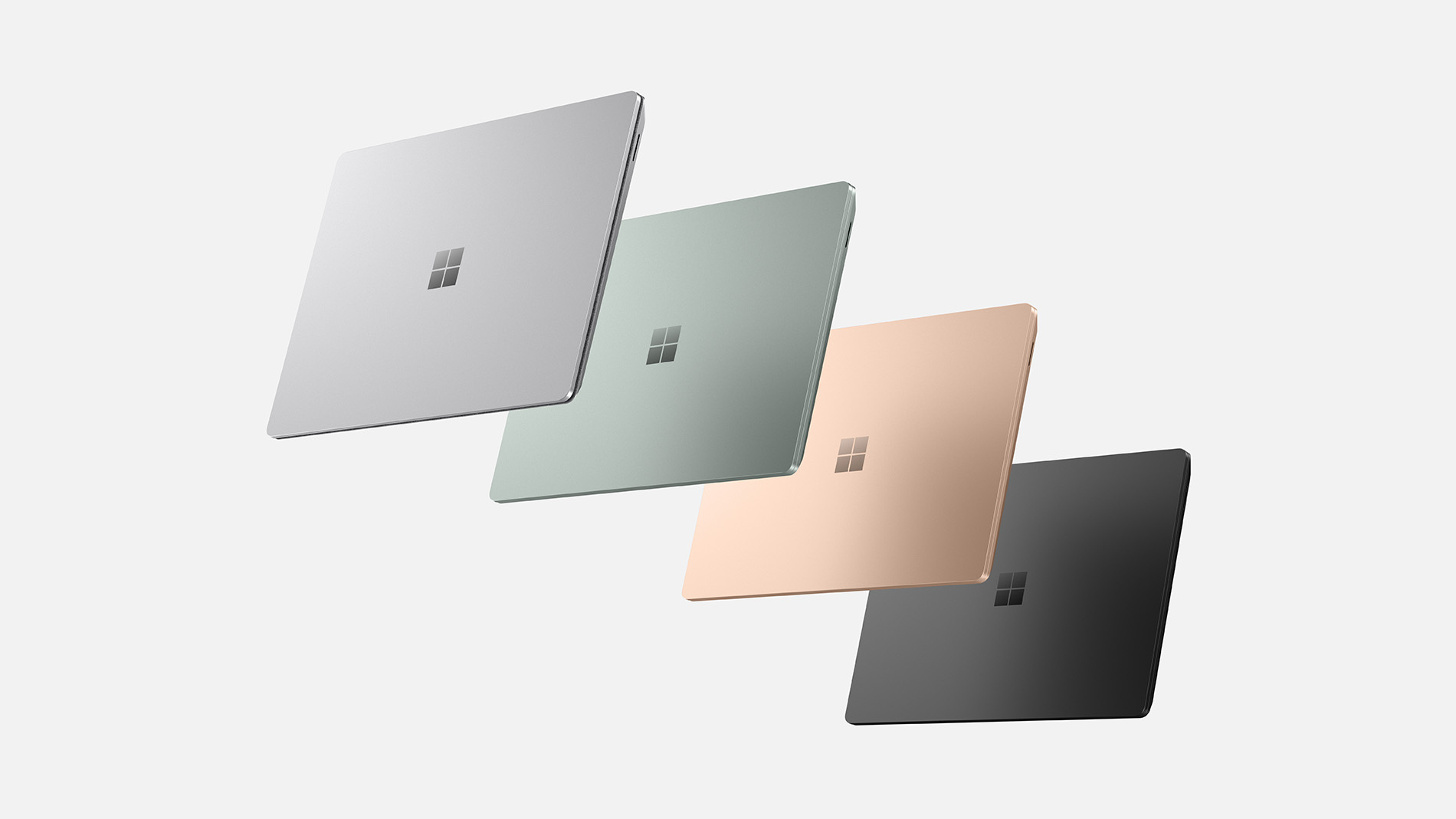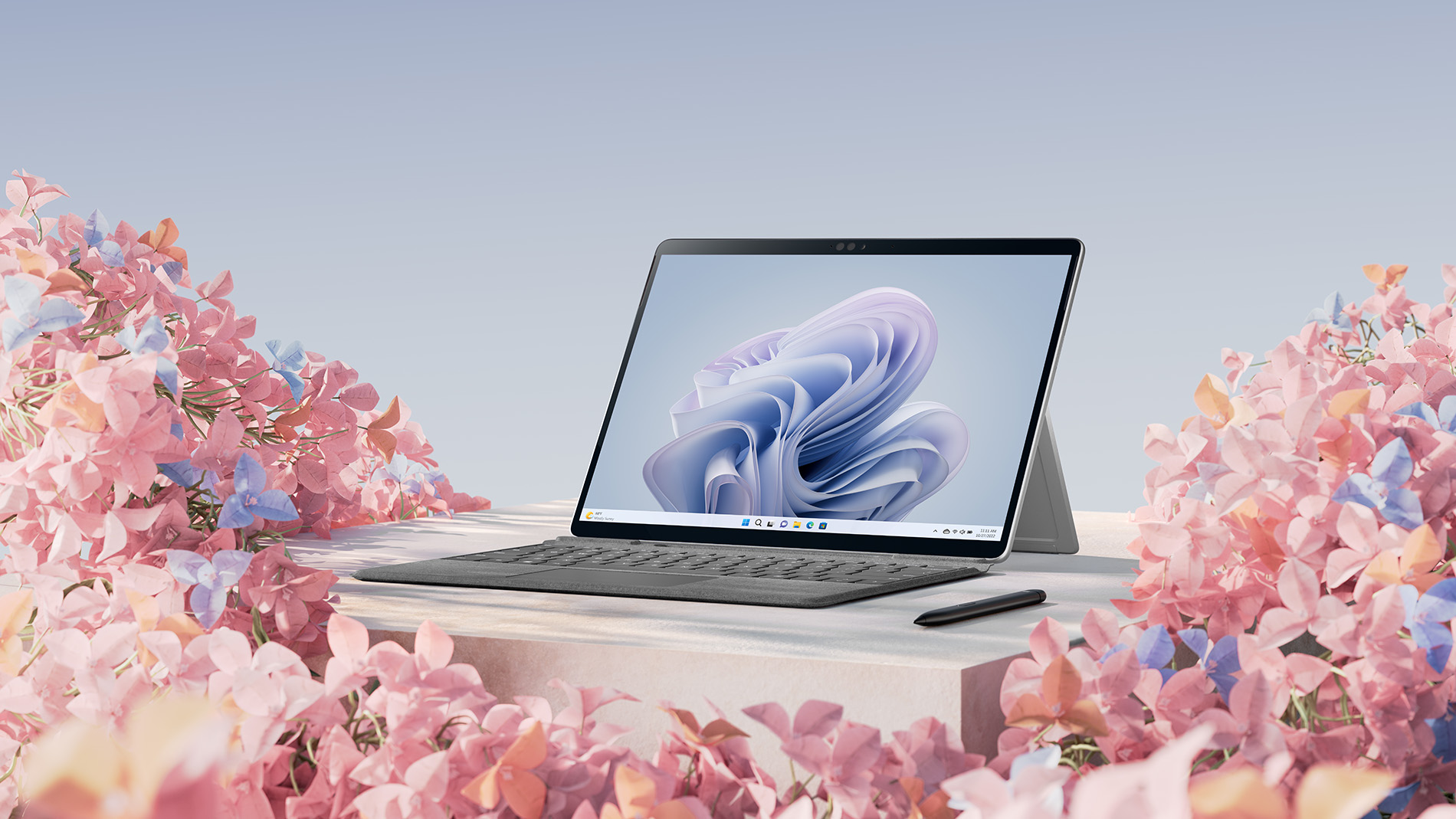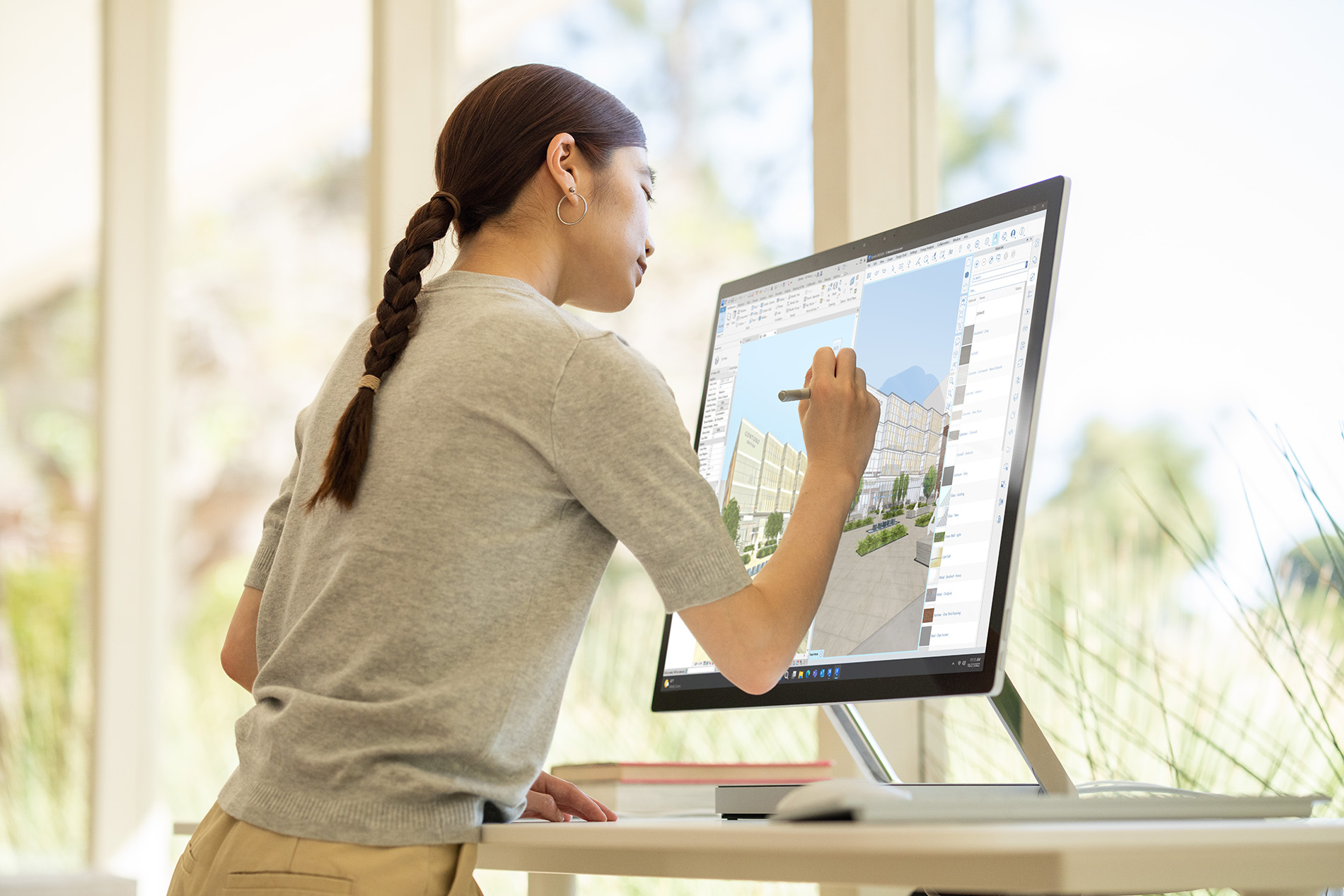The Microsoft Surface range just got an exciting upgrade
The Microsoft Surface Laptop, Surface Pro and Surface Studio all get a refresh

The Microsoft Surface family has just announced its latest batch of new models. The flagship Windows laptops, tablets and desktops have a thorough refresh, taking advantage of new processors, upgraded graphics and speedier I/O.
Let's take a look at each of the new models, and what's new.
Microsoft Surface Laptop 5

The Microsoft Surface Laptop 5 is the flagship Microsoft laptop. Using the Microsoft Surface Laptop 4 as a base, the new generation refines, rather than reinventing the wheel.
The processor is updated to the latest Alder Lake generation of Intel processors, with the i5-1235U and i7-1255U on offer here. Crucially, there is no support listed for an AMD powered model – Microsoft are all Intel this time around.
Storage options are 256GB, 512GB or 1TB and RAM is available in 8GB, 16GB or 32GB, though that's courtesy of LPDDR5 RAM here, over the LPDDR4 in the previous generation.
The USB-C port is boosted to a Thunderbolt 4 here, but connections are otherwise identical to before.
Microsoft Surface Pro 9

Microsoft's flagship tablet offering is the embodiment of a tablet as an all-in-one computing powerhouse. It shows too – the Microsoft Surface Pro 8 is widely regarded as one of the best tablets you can buy.
Get all the latest news, reviews, deals and buying guides on gorgeous tech, home and active products from the T3 experts
The new generation gets a couple of key updates. First, you'll have the option of a 5G enabled model, allowing you to keep working on the move. That 5G model has a slightly more limited spec sheet – you'll max out at 512GB for storage and 16GB of RAM. The non-5G model offers 8GB, 16GB or 32GB of RAM, with 128GB, 256GB, 512GB and 1TB options for storage.
Next, you get new processors. Like the Surface Laptop 5, the Alder Lake generation of Intel chips are present here, with options for i5-1235U and i7-1255U.
The Wi-Fi model comes in four finishes: Platinum, Graphite, Sapphire and Forest. Opt for the 5G model, though, and the choice is made for you, with only Platinum on offer.
The headphone port is also retired here, leaving just the two Thunderbolt 4 ports and the Surface Connect port. The 5G model also gets a nano-SIM port, for cellular connectivity.
Microsoft Surface Studio 2+

The Microsoft Surface Studio 2 is a creative masterpiece. Like a giant iPad fused to a hardcore desktop computer, the Surface Studio's 28-inch display is fully touchscreen and can be used at any angle thank to what Microsoft call the zero-gravity hinge.
Now, with the Surface Studio 2+, that design is further refined, with a handful of features to make it even more useful in 2022.
Most notably, the processor gets an upgrade, from the Intel i7-7820HQ in the older model, to the i7-11370H in the newer one. Benchmark scores put the 11370H in the lead for single core performance, while also being more efficient overall.
I/O is redesigned, too. You get three Thunderbolt and two USB-A ports instead of four USB-A and one USB-C on the Studio 2. The 2+ also does away with the SD card reader, though the 3.5mm headphone jack and the Ethernet connection all remain.
Options are more limited here though – you'll have just one model option, with 32GB of RAM and 1TB of storage.

Sam is an award-winning journalist with over six years of experience across print and digital media. As T3’s Senior Staff Writer, Sam covers everything from new phones and EVs to luxury watches and fragrances. Working across a range of different social media platforms alongside his written work, Sam is a familiar face for fans of T3. When he’s not reviewing snazzy products or hunting for stellar deals, Sam enjoys football, analog photography and writing music.
